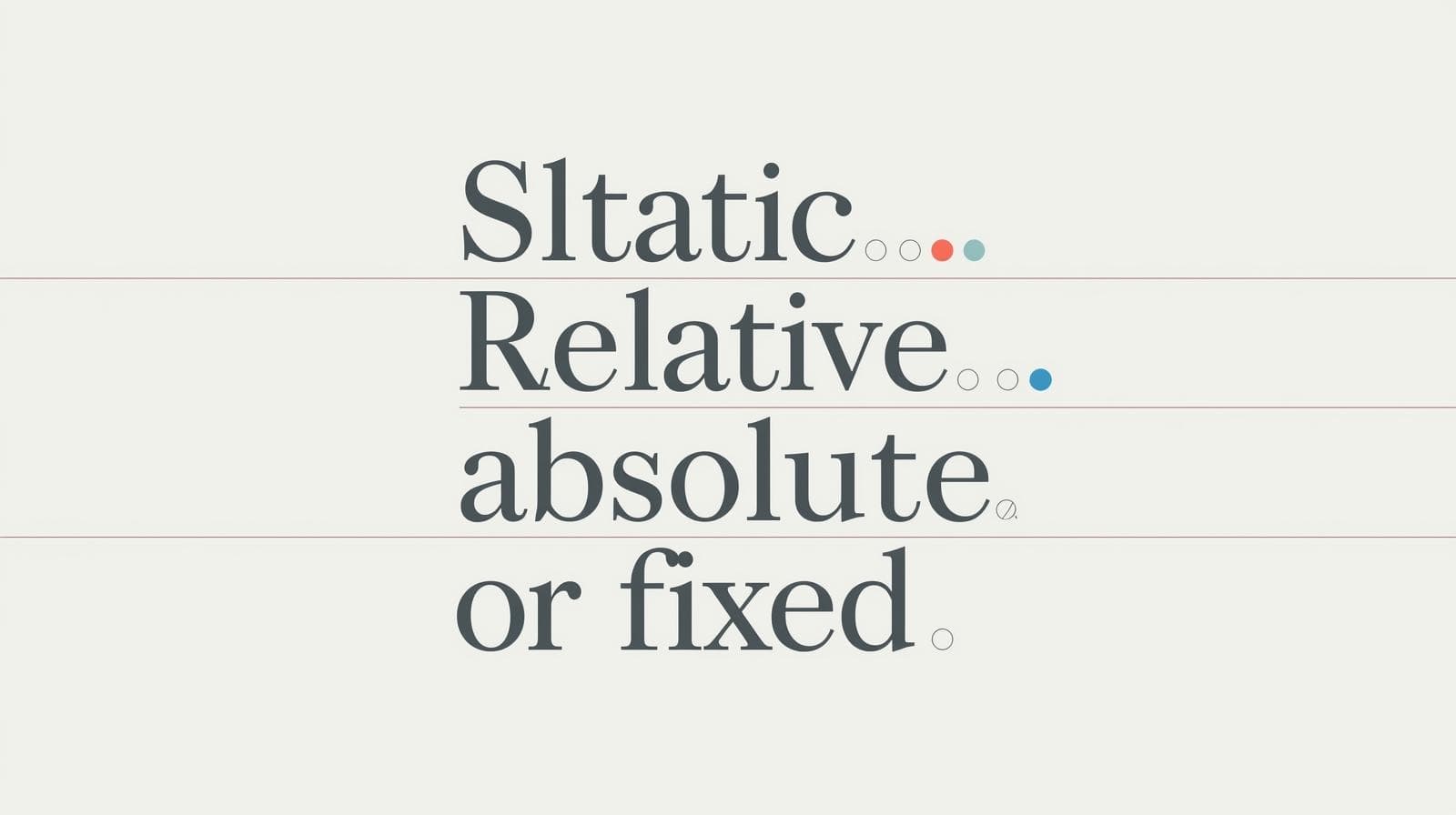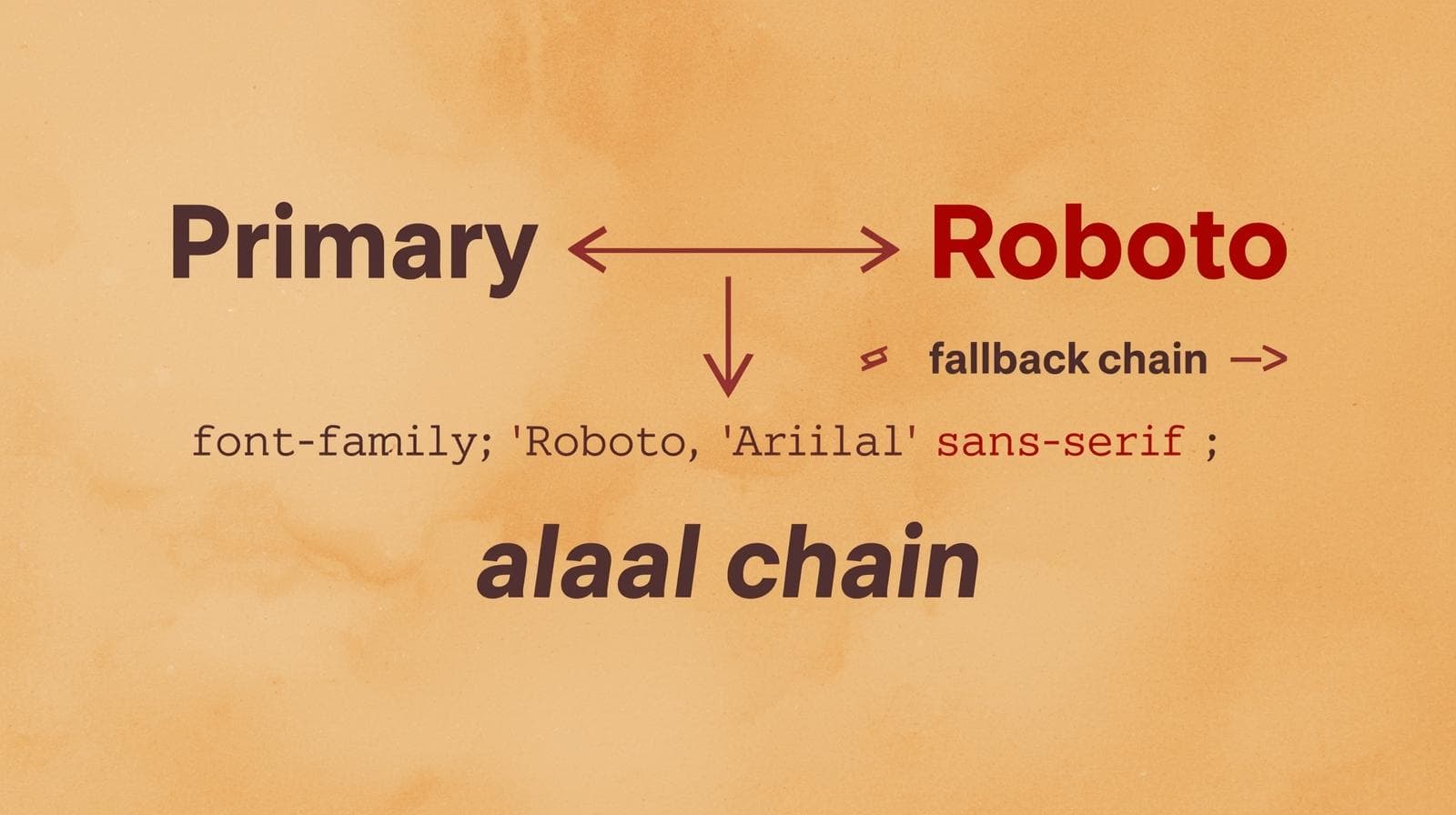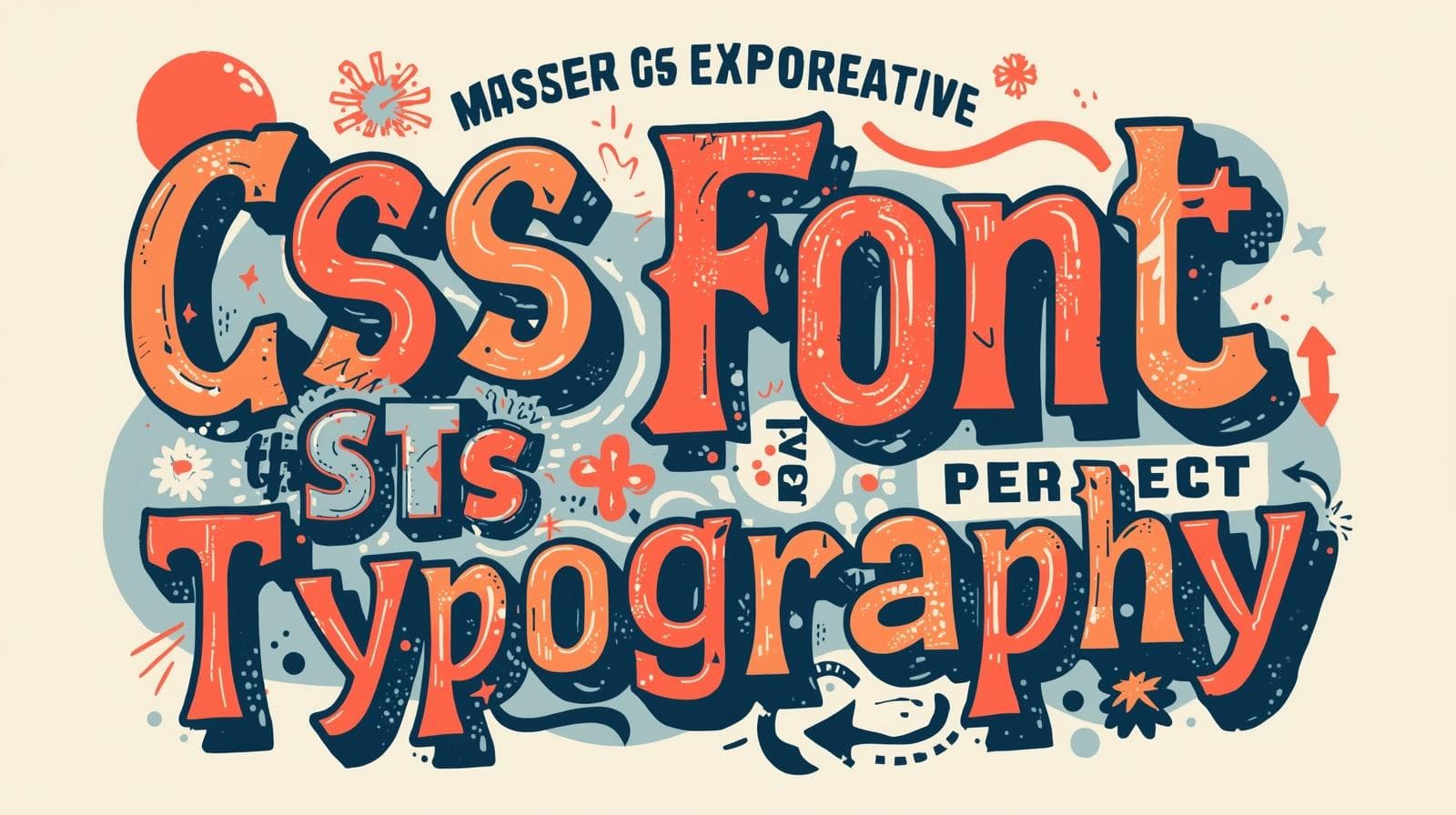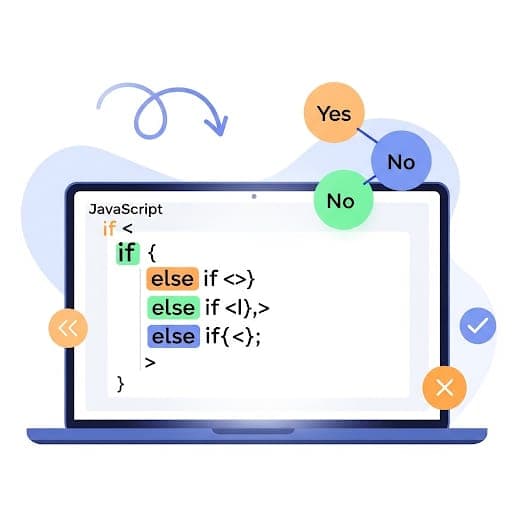CSS Combinators Explained: How to Style Like a Pro

Tired of messy CSS? Master CSS Combinators (descendant, child, adjacent, general sibling) with clear examples, real-world use cases, and best practices. Level up your web dev skills!

CSS Combinators Explained: How to Style Like a Pro
Unlocking the Magic of CSS Combinators: Style Your HTML Like a Boss
Alright, let's talk about CSS. You’ve probably got the basics down—you can change colors, tweak fonts, and push divs around with margins and padding. But have you ever found yourself writing a ton of classes for every single little element? Or worse, your CSS feels messy and you’re not sure why one style is overriding another?
We’ve all been there. The secret to moving from a CSS novice to someone who writes clean, efficient, and powerful stylesheets often lies in mastering the fundamentals. And one of the most powerful, yet misunderstood fundamentals is CSS Combinators.
Think of combinators as the grammar rules of your HTML structure. They don't just tell the browser what to style; they tell it where to style based on the relationships between elements.
In this deep dive, we're going to break down all four CSS combinators, go beyond the boring theory with real-world examples you can use today, and share some best practices to keep your code clean. Let’s get into it.
What on Earth Are CSS Combinators?
In simple terms, a combinator is a character or a small set of characters that you place between two CSS selectors. This combination defines a specific relationship between those selectors. The browser then uses this relationship to pinpoint the exact element(s) you want to style.
Instead of slapping a class on every <li> or <p> tag, you can use combinators to say things like:
"Style only the paragraphs that are inside this specific div."
"Style the button that comes immediately after this heading."
"Style all the list items that are direct children of this nav menu."
See how specific that is? That's the power you're about to wield. There are four main combinators in CSS, and we'll cover each one.
The Four Combinators: Your New Styling Squad
1. The Descendant Combinator (A Space)
This is the most common one, and you've probably used it without even knowing its fancy name. It's represented by a simple space () between two selectors.
What it does: It selects all elements that are nested inside a parent element, no matter how deep they are. Grandchildren, great-grandchildren—it gets them all.
Syntax:
css
ancestor descendant {
/* styles here */
}Real-World Example:
Imagine you have a blog post inside an <article> tag. You want all the links inside that article to be a specific brand color, but not the links in your header or footer.
HTML:
html
<header>
<a href="/">Home</a>
</header>
<article class="blog-post">
<h1>My Awesome Blog</h1>
<p>Here is some text with a <a href="#">cool link</a>.</p>
<div>
<p>Even this <a href="#">nested link</a> deep inside a div will be styled.</p>
</div>
</article>
<footer>
<a href="/contact">Contact Us</a>
</footer>CSS:
css
.blog-post a {
color: #4CAF50; /* A nice green */
text-decoration: underline;
}The space between .blog-post and a is the descendant combinator. It ensures only the links inside the element with the class .blog-post turn green. The "Home" and "Contact Us" links remain unaffected.
2. The Child Combinator (A Right Angle Bracket >)
This one is more specific than the descendant selector. It’s picky about its family tree.
What it does: It selects only the elements that are direct children of a parent element. It won't go any deeper than one level.
Syntax:
css
parent > child {
/* styles here */
}Real-World Use Case:
You're building a navigation menu. You have a <nav> and inside it, an unordered list (<ul>) with list items (<li>). You want to style only the top-level list items, but not any list items that might be in a nested dropdown menu.
HTML:
html
<nav class="main-nav">
<ul>
<li>Home</li>
<li>About Us
<ul> <!-- This is a nested ul for a dropdown -->
<li>Our Team</li> <!-- Don't style these like the top-level items -->
<li>Our History</li>
</ul>
</li>
<li>Contact</li>
</ul>
</nav>CSS:
css
.main-nav > ul > li {
display: inline-block;
padding: 10px 20px;
background-color: #f0f0f0;
}By using the child combinator >, we're saying: "Only target the <li> elements that are a direct child of a <ul>, which is itself a direct child of .main-nav." The "Our Team" and "Our History" list items are skipped because they are not direct children of the top-level <ul>.
3. The Adjacent Sibling Combinator (A Plus Sign +)
This combinator is all about immediate siblings. It's less common but incredibly useful for specific layout tweaks.
What it does: It selects only the first element that is placed immediately after another specific element. They must share the same parent.
Syntax:
css
element1 + element2 {
/* styles here */
}Real-World Use Case:
A classic example is styling a paragraph that comes right after a heading. You might want the first paragraph after an <h2> to have a different top margin to sit closer to the heading.
HTML:
html
<article>
<h2>This is a Super Important Section</h2>
<p>This is the first paragraph after the H2. We want this one to have less top margin.</p>
<p>This is the second paragraph. It should have the normal margin.</p>
</article>CSS:
css
h2 + p {
margin-top: 5px;
font-weight: bold;
}The + combinator here targets only the <p> that is the immediate next sibling of the <h2>. The second paragraph remains unstyled by this rule.
4. The General Sibling Combinator (A Tilde ~)
Think of this as the more relaxed version of the adjacent sibling combinator.
What it does: It selects all elements that are siblings and come after a specified element. They don't have to be immediately after.
Syntax:
css
element1 ~ element2 {
/* styles here */
}Real-World Use Case:
You have a special "alert" box on your page. You want to add a little extra top margin to every paragraph that comes after this alert, no matter how many other elements are in between.
HTML:
html
<div class="alert">Please read this important alert!</div>
<img src="decoration.jpg" alt="">
<p>This paragraph will be styled because it comes after the alert.</p>
<div>Some random div.</div>
<p>This paragraph will also be styled!</p>CSS:
css
.alert ~ p {
margin-top: 20px;
color: #666;
}The ~ combinator is perfect here. It finds all <p> tags that are siblings of the .alert div and appear after it, regardless of what's in between.
Best Practices: Don't Go Combi-Crazy
With great power comes great responsibility. Here’s how to use combinators without creating a CSS nightmare:
Favor the Child Combinator (
>): When you can, use>over a simple space. It's more precise and prevents your styles from accidentally affecting deeply nested elements you didn't intend to target. This makes your CSS more predictable and easier to maintain.Avoid Over-Nesting: Just because you can write
.header > div > ul > li > adoesn't mean you should. This creates a highly specific selector that is hard to override and is fragile. If the HTML structure changes, your CSS breaks. Keep your selectors as simple as possible.Readability is Key: Using a space between combinators makes your code much easier to read.
Good:
nav > ul > liHard to read:
nav>ul>li
Know When to Use a Class: If you find yourself writing a long, convoluted chain of combinators to reach an element, it might be a sign that you should just add a class to that element instead. It’s often cleaner and more performant.
Mastering these subtle choices is what separates hobbyists from professionals. To learn professional software development courses such as Python Programming, Full Stack Development, and MERN Stack, visit and enroll today at codercrafter.in. Our curriculum is designed to help you understand these core concepts inside and out.
FAQs: Your Combinator Questions, Answered
Q1: Are CSS combinators supported in all browsers?
A: Yes! All four combinators have excellent, universal support across all modern browsers. You can use them with confidence.
Q2: Which combinator is the most specific?
A: They all have the same specificity weight (0,0,0). However, a selector chain using combinators can become highly specific. For example, #nav > li (0,1,1) is more specific than just li (0,0,1).
Q3: Can I combine multiple combinators in one selector?
A: Absolutely! This is where the real power is. You can write something like:css article > h2 + p { /* Styles for a paragraph that immediately follows an h2, which is a direct child of an article */ }
Q4: What's the difference between div p and div > p?
A: div p (descendant) will select ALL <p> tags inside the <div>, no matter how deeply nested. div > p (child) will select ONLY the <p> tags that are direct children of the <div>.
Conclusion: You're Now a Combinator Pro
So, there you have it. CSS Combinators aren't just abstract concepts; they are practical, powerful tools for writing smarter, more efficient CSS. They help you create styles that are tightly coupled with your HTML structure, reducing the need for endless classes and making your code more semantic and maintainable.
To recap:
Space (): For targeting all descendants.
Child (
>): For targeting only direct children.Adjacent Sibling (
+): For targeting the very next sibling.General Sibling (
~): For targeting all following siblings.
Start experimenting with them in your projects. The next time you find yourself reaching for a new class, ask yourself: "Can a combinator solve this?" More often than not, the answer will be yes.
Ready to take your web development skills to the next level and build complex, beautiful, and responsive websites? At CoderCrafter, we don't just teach syntax; we teach the underlying principles that make you a great developer. Check out our Full Stack Development and MERN Stack programs at codercrafter.in and start building your future today!









